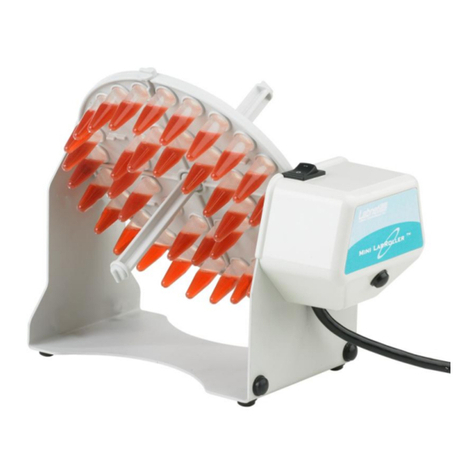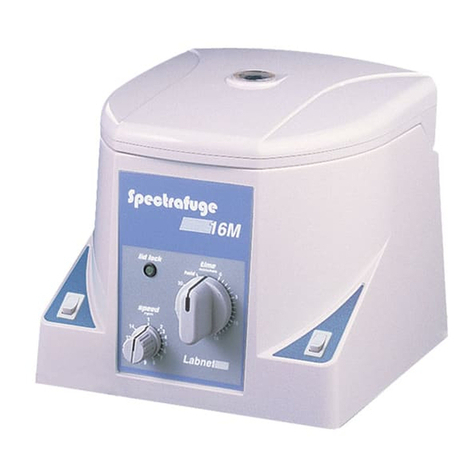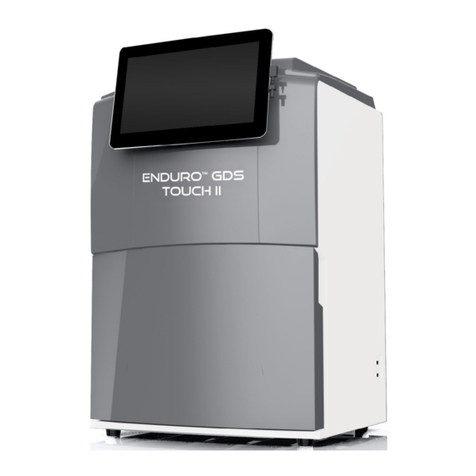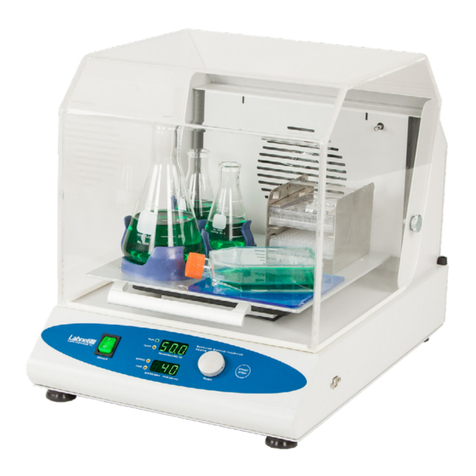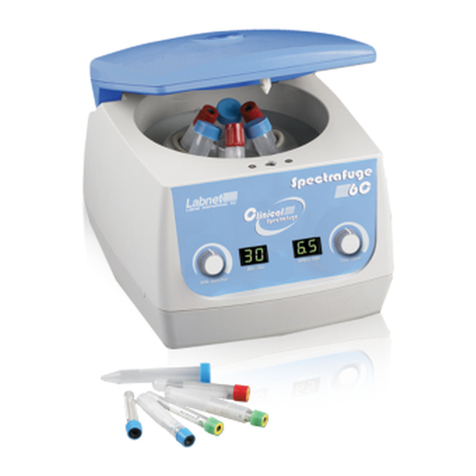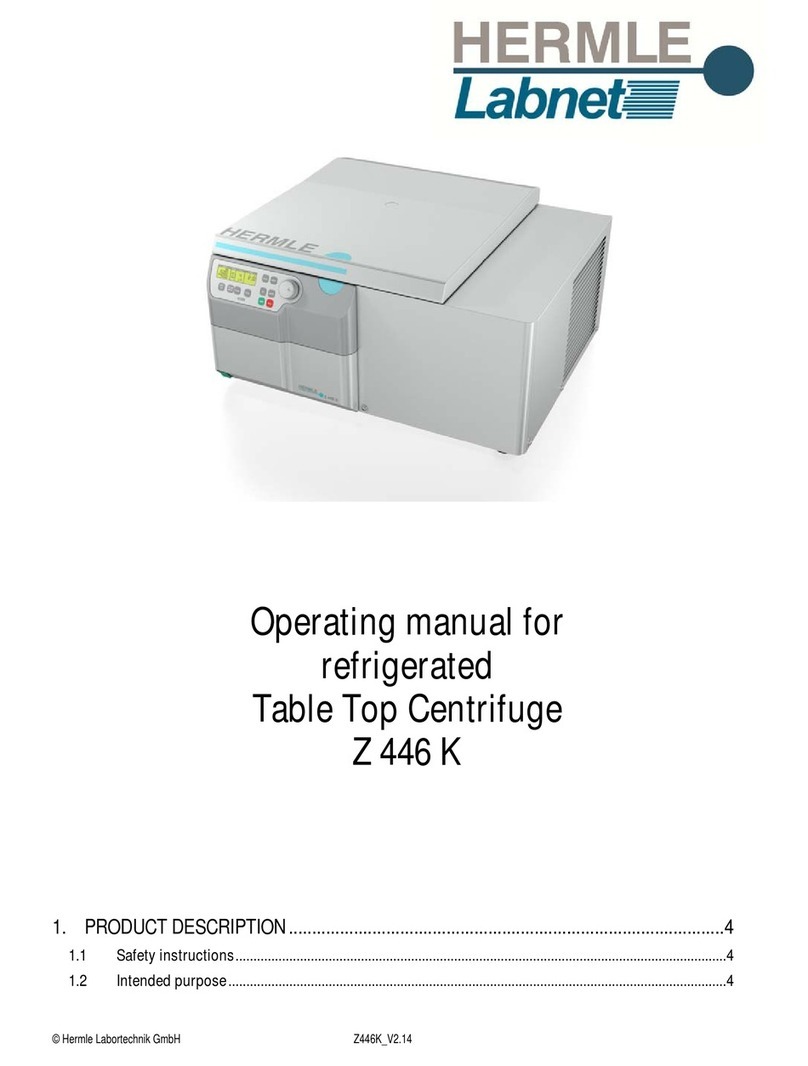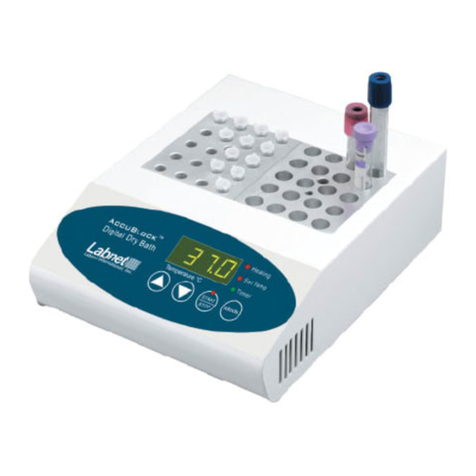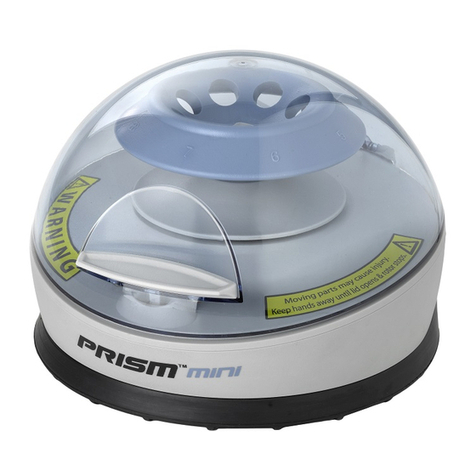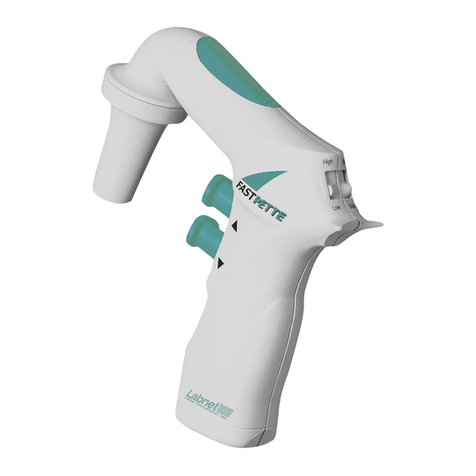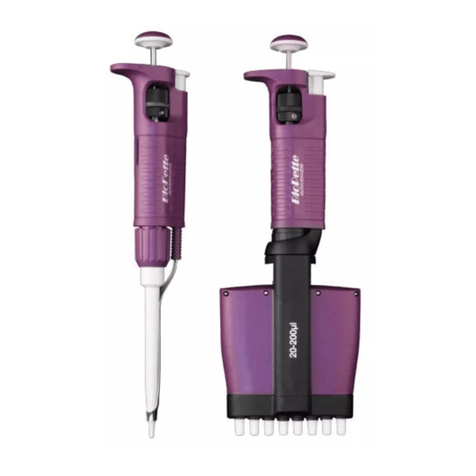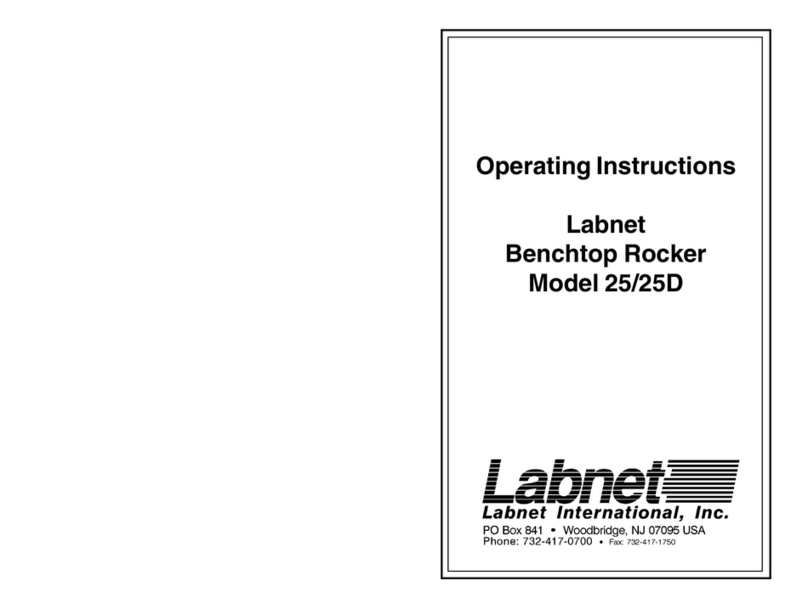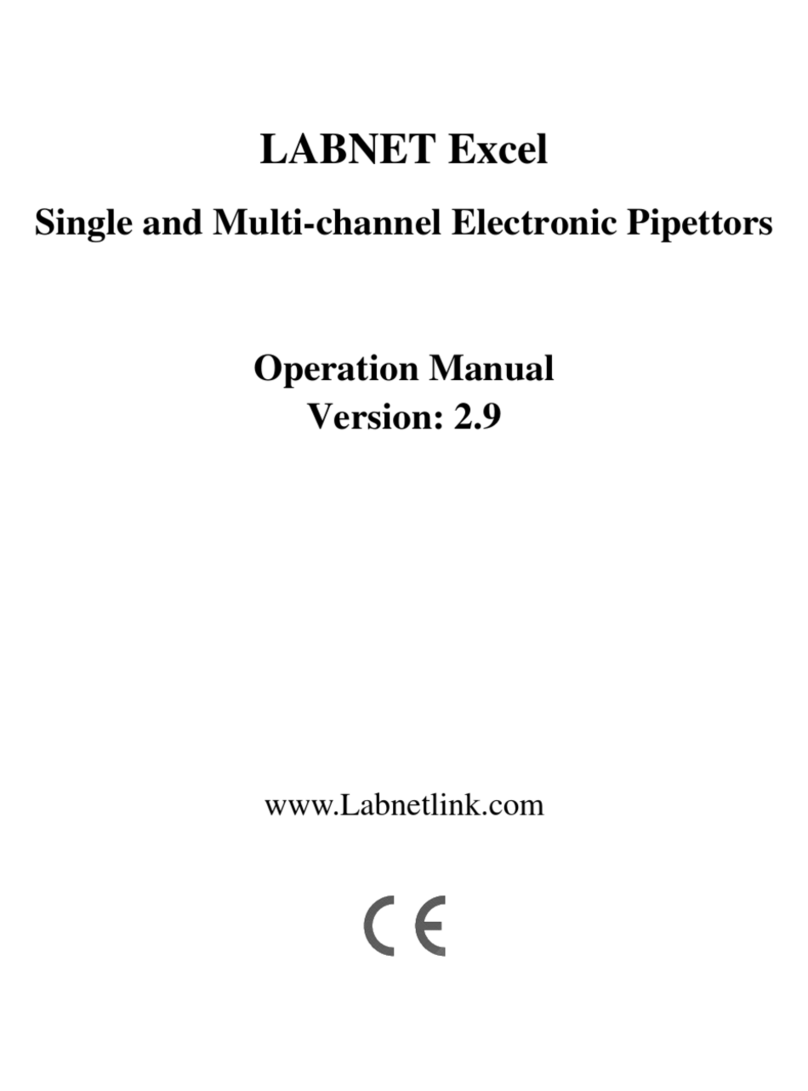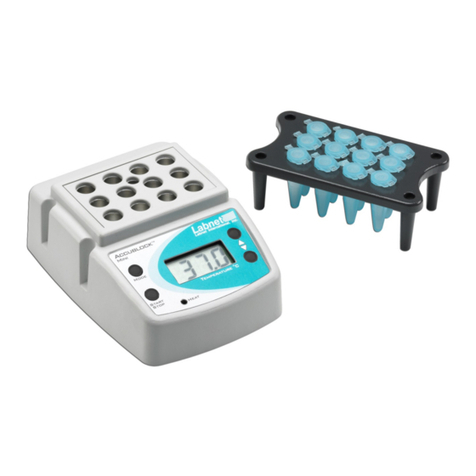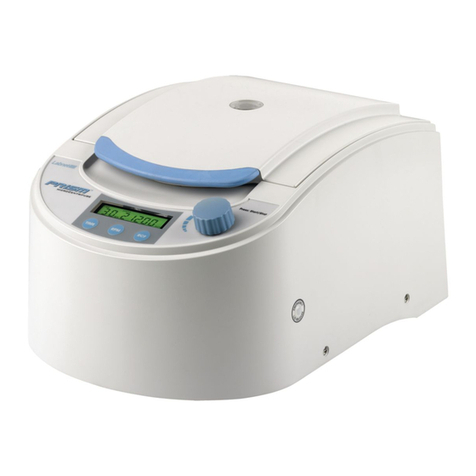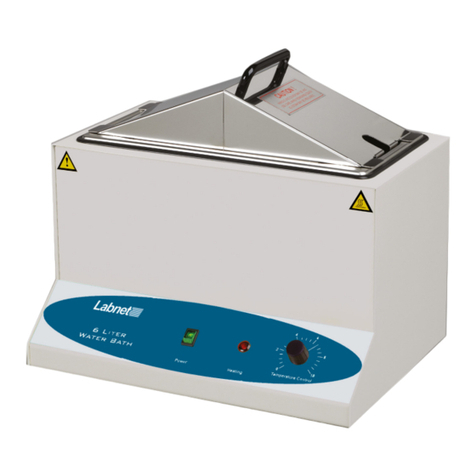• Remove the pipetting pushbutton, (Fig. 4A)
Warning: The pipetting pushbutton consists of
2 parts: the knob (Fig. 1A2) and the pushbut-
ton (Fig. 1A1). After removal of the pushbutton,
both parts are separated.
•Holding the volume setting knob to protect
it against rotation, insert the calibration key
into the cuts of the calibration screw, (Fig. 4B)
• Turn the key clockwise to reduce the aspirat-
ed volume, or counter-clockwise to increase
the volume, (Fig. 4C). One full turn of the cali-
bration key changes the pipette aspiration vol-
ume by the amount given in the table
• Take out the key and fix the pipetting push-
button (Fig. 4D).The pipetting pushbutton
should be fixed by placing the knob on the
arbor first (Fig. 1A2) and then the pushbutton
(Fig. 1A1).
Determine the average aspirated volume. The
average volume should be within the permissi-
ble range given in the table. If the volume
exceeds the values stated, the recalibration pro-
cedure should be repeated.
When pipetting liquids with physical properties
considerably different from those of water, fol-
low the rules given in section 5.
9 - TROUBLESHOOTING
If you notice an improper pipette operation
identify the cause and eliminate the fault. To do
this, follow the instruction in the sequence pro-
vided. Replacement of parts should be required
only occasionally, and should not occur under
normal pipette use.
Droplets of liquid remain in the pipette tip.
• The tip is emptied too fast.
Decrease the speed of pressing the pipette
pushbutton.
• The tip wettability has increased due to exten-
sive use.
Replace the tip with a new one.
Droplets of air appear in the liquid aspirated
into the tip.
• The pipette tip immersion is too shallow.
Immerse the tip deeper according to the
instructions.
• The pipette tip is incorrectly pressed onto the
pipette shaft.
Press the pipette firmly.
• The tip is damaged or worn out due to exten-
sive use.
Replace the tip with a new one.
The pipette incorrectly aspirates the liquid or
liquid drops out from the tip.
• The pipette tip is incorrectly pressed onto the
pipette shaft.
Press the pipette tip firmly.
•
The shaft nut is loose (Fig. 3F) in the models
BP2-BP1000
Tighten the shaft nut.
• The sealing surface of the shaft is cracked or
scored.
Remove the tip ejector. nscrew the shaft nut,
inspect the shaft and the piston assembly.
Replace the damaged parts (see Section 12).
When reasembling
the pipette, the nut
should be hand tightened.
In the models BP2, BP10 and BP20, the dam-
age of the shaft may also cause a damage of
the piston assembly. Replace the damaged
parts (see Section 12).
When reasembling the pipette, the nut
should be hand tightened.
To remove the tip ejector in models BP5000
and BP10000, remove the ejector pushbut-
ton (Fig. 3N) and using a screwdriver
unscrew the tip ejector by turning the
screwdriver counter-clockwise.
• Damage to the piston or seal due to prolon-
ged use with the aggressive liquids.
Disassemble the pipette as described
above.
Replace the piston,seal and O-ring
(see Section 12). Rinse the inside of the
shaft in distilled water and dry.
Lubricate the seal and O-ring with the lubri-
cant, that has been included with each
pipette.
The replacement of the piston requires
conducting of the calibration procedure.
11 12
